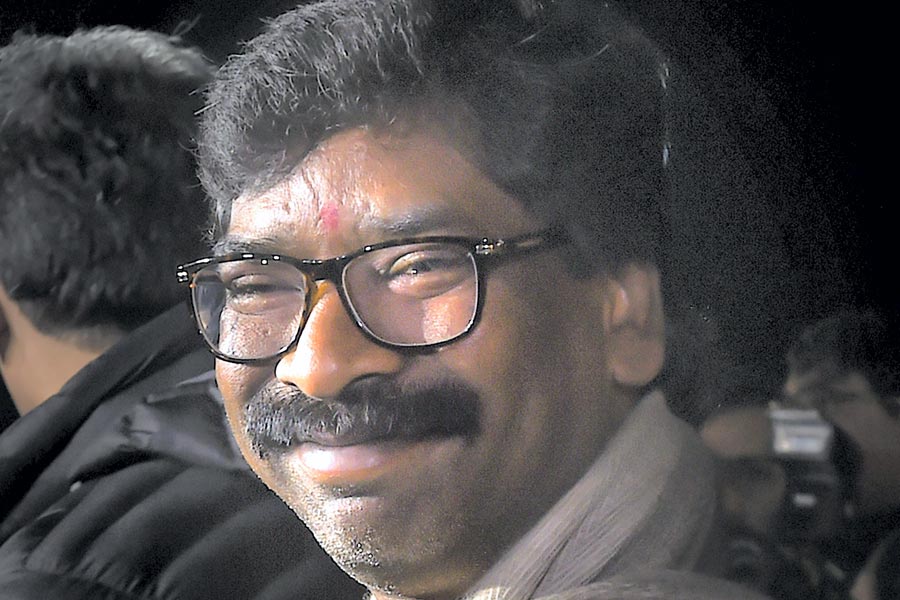Politics is distracting: it leads people to focus on the wrong things in their excitement. It is true that the state government in Assam is headed by the Bharatiya Janata Party, and that it has floated a plan to replace in Guwahati the statue of Mahatma Gandhi because nothing in it "looks like him", not the hands, the feet or even the glasses. The statue was meant to have been built by Ramkinkar Baij, one of India's greatest artists, although it was not completed by him. Its provenance is fairly complicated, as a senior professor and art historian has explained, but it is still known as Baij's work. There is, naturally, much outrage and some derision among artists and art-lovers at the government's plan. Quite a few among the outraged segment see this as a BJP government removing Gandhi's statue. Others have blamed the BJP's "dangerous ignorance" and its lack of any understanding of contemporary cultural values and of "aesthetic criteria".
But criticism based on politics fails totally to grasp the majestic scale of the ignorance. Why blame the BJP? A senior leader of the Left Front in West Bengal was almost ready to replace Baij's statue of Rabindranath Tagore in Hungary because it did not look like him. This is inevitable in a country where politicians and governments take upon themselves to foist their ideas of public art on the masses, ideas limited to political and religious deification. Jawaharlal Nehru, Subhash Chandra Bose and Gandhi strike pointless poses at street corners and in traffic islands, Mayavati with her handbag tends to tower over mere mortals, B.R. Ambedkar is often in a blue suit, matching the bright colours of a Vishnu or a Lakshmi, Shivaji is soon going to rise gigantically out of the sea off the shore of Mumbai. The whole point of such representations is that they should be 'like' - they have to do with politics and prayer, not art.
Artists have little role in public art in India. Hence most of the statues are inescapably ugly, as are the cities they adorn. Politicians are not too fond of artists - they might be 'elite', or controversial, or just too tricky. The ugliness of statues and of cities comes from the abysmal Indian failure to make art part of everyday education, barring people from the chance to cultivate their eyes and sensibilities, to experience aesthetic curiosity and wonder, or to aspire for what is beautiful, different or challenging. The result is tragic: public art is routinely vandalized, for anything that seems strange or unfamiliar is broken, defaced, or stolen. The developed world's attempts to energize and beautify public spaces with monuments and interactive spaces created by artists, and to bring art out of museums and galleries, seem to have had little impact in India. Far from choosing artists through competitions and public voting to create in a particular public setting, as many countries in the West do, administrators in India make their own unfathomable decisions and magnificently ignorant choices. What is all this fuss about art after all? And what does art have to do with the public?










